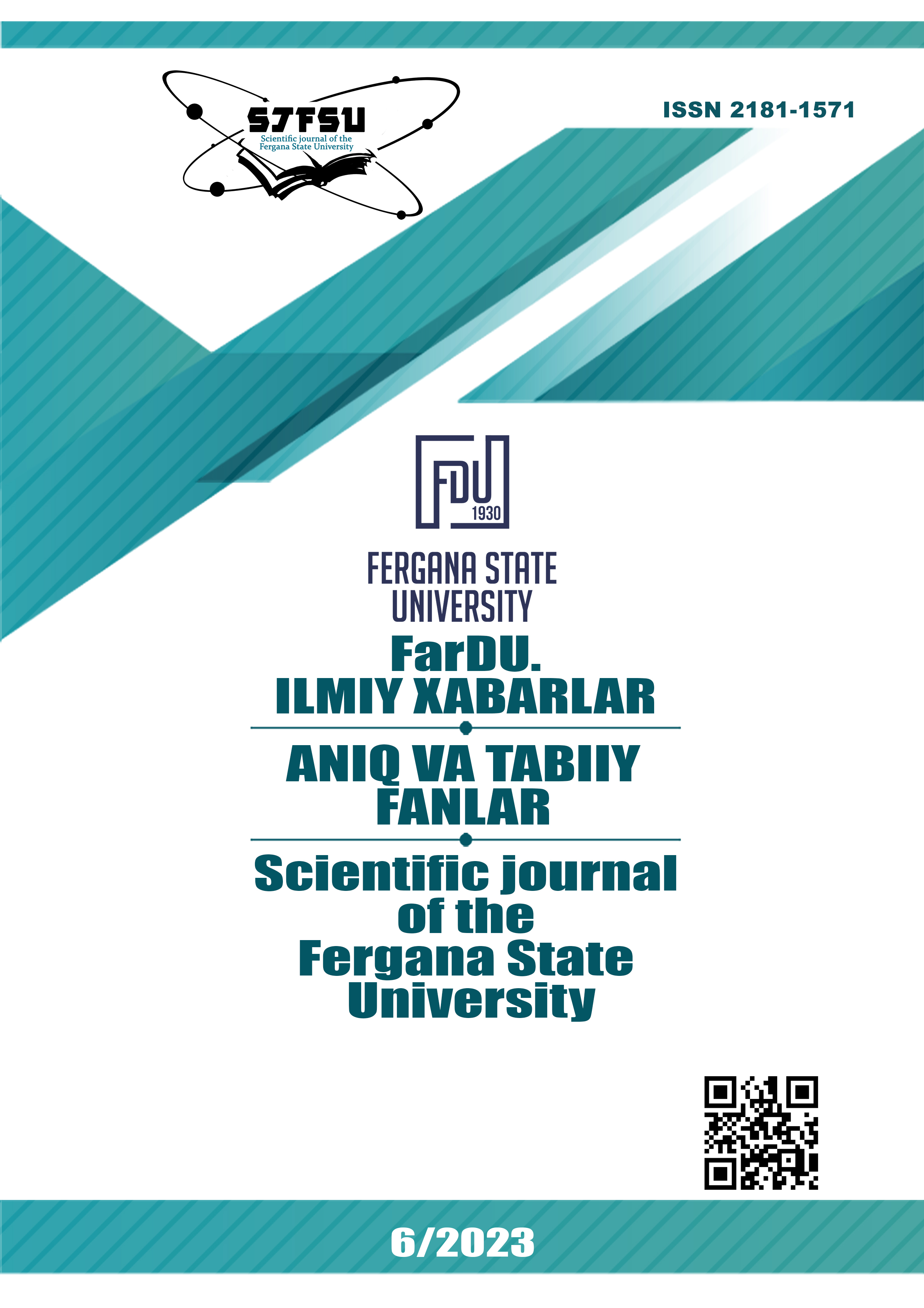ORGANIZATION OF CLIENT-SERVER TECHNOLOGICAL ENVIRONMENT IN EDUCATION: ANALYSIS OF IMPACT AND DEVELOPMENT
Keywords:
client-server technologies, educational environment, modern educational technologies, artificial intelligence, scalable learning, mobile applications.Abstract
The article examines the impact of the development of digital technologies not only on changing the world around us, but also on the transformation of learning processes and educational systems. Modern education is not limited to the traditional classroom format, and the spread of client-server technology in education opens up new opportunities, eliminating geographical and time restrictions and providing the opportunity to receive an individualized education at a convenient time.
References
Tojimamatovich J. V. Digital Transformation of Educational Management System //Web of Semantic: Universal Journal on Innovative Education. – 2023. – Т. 2. – №. 4. – С. 202-206.
Эрштейн Леонид Борисович СИНХРОННО-АСИНХРОННОЕ ДИСТАНЦИОННОЕ ОБУЧЕНИЕ В ПРОЦЕССЕ ОСВОЕНИЯ ИНФОРМАЦИОННЫХ ТЕХНОЛОГИЙ НА ПРИМЕРЕ MICROSOFT ACCESS // Вестник Омского государственного педагогического университета. Гуманитарные исследования. 2021. №3 (32). URL: https://cyberleninka.ru/article/n/sinhronno-asinhronnoe-distantsionnoe-obuchenie-v-protsesse-osvoeniya-informatsionnyh-tehnologiy-na-primere-microsoft-access (дата обращения: 18.12.2023).
Mirzaraximov, M. A., A. A. Sirojiddinov, and J. D. Nazirqulov. "Study of the algorithm of selection of qualified personnel from the system in real time on the basis of fuzzy logic." Scientific journal of the Fergana State University (2021).
Mirzaraximov, M. A. "The use of artifical intelligece-based chatbots in the educational system." Scientific journal of the Fergana State University (2023).
Мирзарахимов Мирзарахим Аминжон угли, & Бахромова Мансур Махсуд угли. (2023). ANALYSIS OF TECHNOLOGY IN CLIENT SERVER SYSTEMS. International Journal of Studies in Advanced Education, 2(05), 69–72
Downloads
Published
Issue
Section
License
Copyright (c) 2024 Scientific journal of the Fergana State University

This work is licensed under a Creative Commons Attribution-NonCommercial-NoDerivatives 4.0 International License.
Most read articles by the same author(s)
- Мирзарахим Мирзарахимов, THE ROLE OF PEDAGOGICAL STRATEGIES IN THE INTEGRATION OF ARTIFICIAL INTELLIGENCE , Scientific journal of the Fergana State University: No. 6 (2024): FarDU.Ilmiy xabarlar jurnali (Aniq va tabiiy fanlar)

